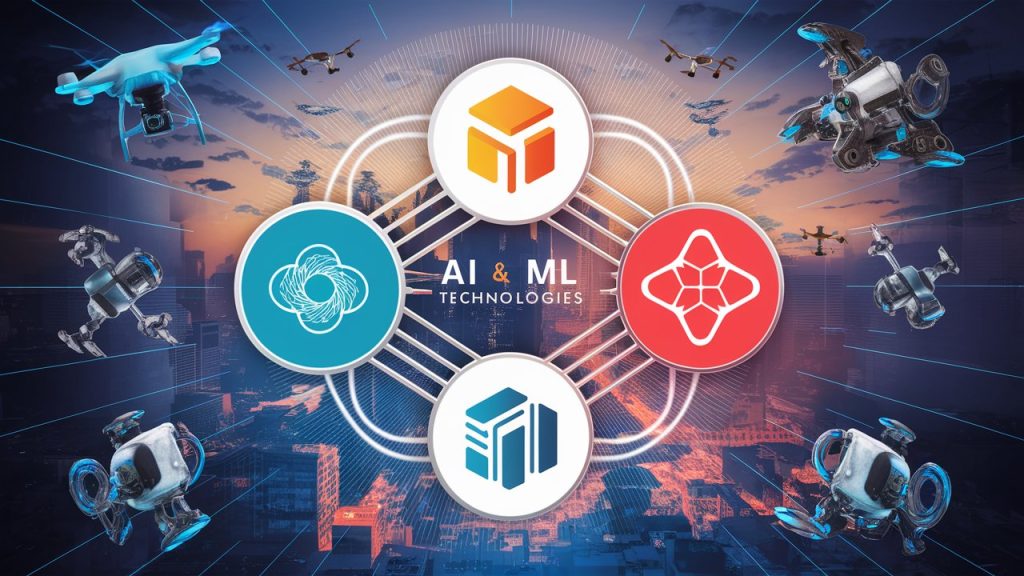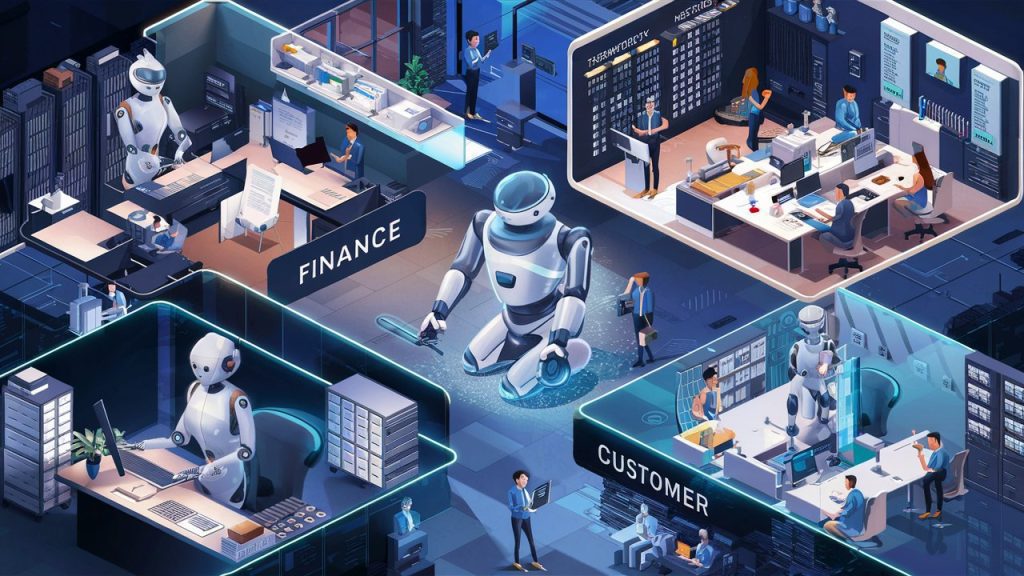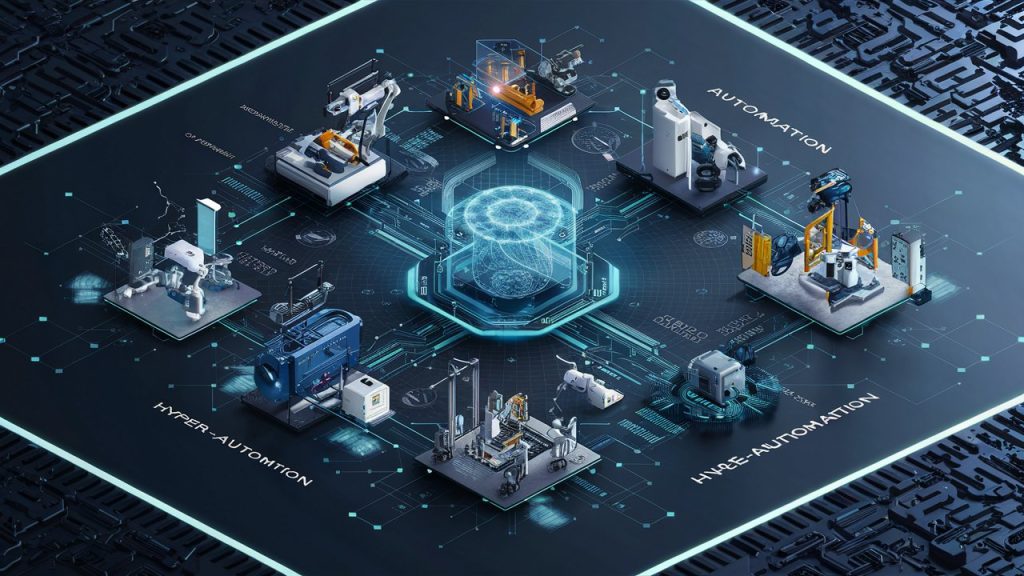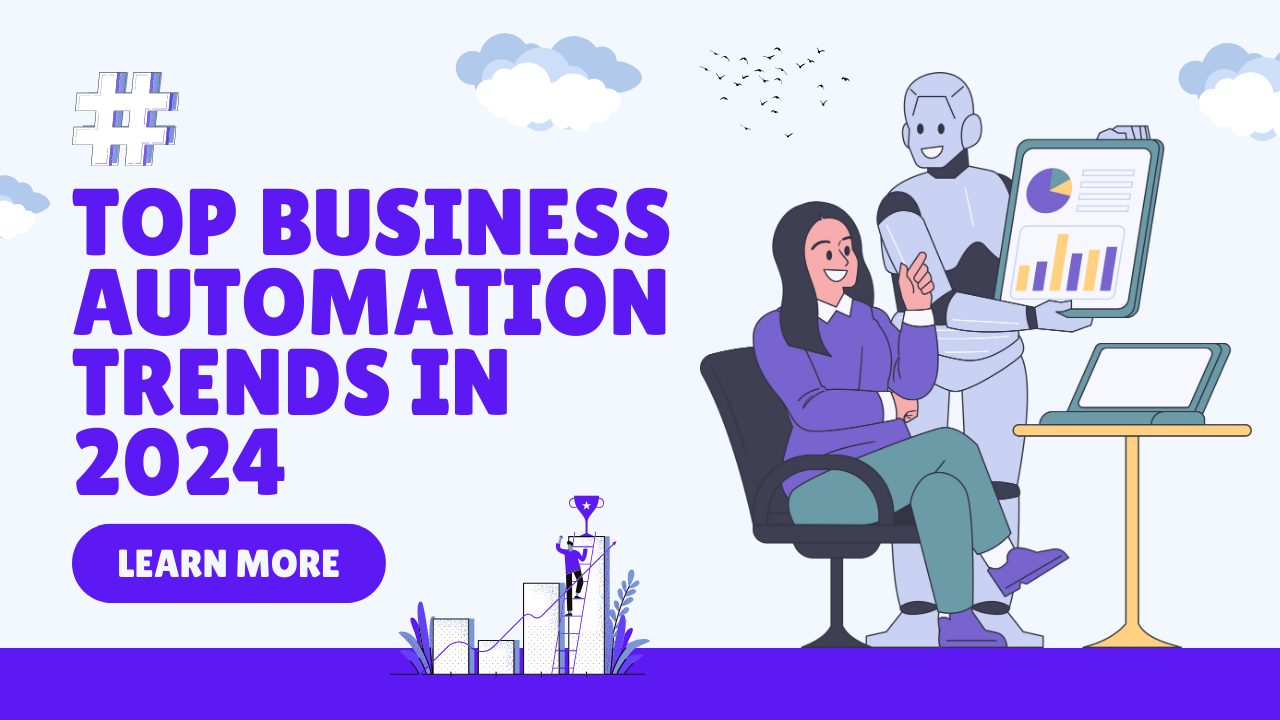The business landscape is constantly evolving, and with the increasing reliance on technology, automation has become the cornerstone of efficiency and productivity. As we move into 2024, the focus on business process automation (BPA) has never been more pronounced. From leveraging cutting-edge tools to integrating advanced frameworks, organizations are streamlining their operations like never before. In this article, we will delve into the top business process automation trends shaping the future of enterprises in 2024. Explore more about our company on [our homepage].
TensorFlow’s Integration

TensorFlow, Google’s open-source machine learning platform, is revolutionizing automation in businesses. By integrating TensorFlow into BPA systems, companies can develop smarter algorithms capable of analyzing massive datasets in real-time. For instance, TensorFlow-powered systems can identify workflow inefficiencies, recommend actionable improvements, and adapt to changes dynamically.
This trend allows organizations to automate predictive analytics, enabling better decision-making. Retailers can use TensorFlow to forecast demand, while manufacturers can optimize production schedules. The versatility of TensorFlow in handling diverse applications makes it a must-have in the automation toolkit of 2024.
Hyper-Automation

Hyper-automation goes beyond traditional automation by combining technologies like robotic process automation (RPA), artificial intelligence (AI), and machine learning (ML). This approach aims to automate complex end-to-end workflows, minimizing human intervention. In 2024, businesses are expected to adopt hyper-automation to achieve unparalleled levels of efficiency.
For example, banks are leveraging hyper-automation to streamline loan approvals, while healthcare providers use it for patient data management. By integrating hyper-automation, organizations can not only save time but also reduce errors, ensuring consistent output quality.
No-Code/Low-Code Platforms

No-code and low-code platforms have gained significant traction, allowing businesses to build custom automation solutions without requiring extensive programming knowledge. These platforms empower non-technical employees to create workflows, reducing dependency on IT teams.
In 2024, the adoption of no-code/low-code platforms will accelerate, especially in small and medium-sized enterprises. These tools enable rapid prototyping and deployment, making automation accessible to businesses of all sizes. By leveraging these platforms, companies can respond to market changes swiftly and effectively. Dive deeper into our [blog posts] for in-depth insights and examples.
IoT integration

The Internet of Things (IoT) is bridging the gap between physical devices and digital processes. Integrating IoT with BPA enables real-time data collection and analysis, driving smarter automation decisions. For example, smart sensors in warehouses can monitor inventory levels and trigger automated replenishment processes.
In 2024, IoT integration will expand to include predictive maintenance in manufacturing and real-time energy management in facilities. By connecting devices to automation systems, businesses can achieve greater operational visibility and control.
Focus on Cybersecurity Automation
With the growing threat of cyberattacks, automating cybersecurity processes has become imperative. Businesses are adopting tools that can detect and respond to threats in real-time, ensuring the safety of sensitive data and systems. In 2024, cybersecurity automation will involve AI-driven threat detection and automated compliance checks. These systems can identify vulnerabilities, apply patches, and monitor network traffic continuously. By focusing on cybersecurity automation, businesses can mitigate risks and maintain customer trust.
Cloud-Based Automation Solutions

The cloud has revolutionized the way businesses approach automation. Cloud-based automation solutions offer scalability, flexibility, and cost-efficiency, making them an ideal choice for modern enterprises. These solutions eliminate the need for on-premises infrastructure, reducing overhead costs. In 2024, businesses will increasingly migrate their automation workflows to the cloud.
From customer relationship management (CRM) to supply chain automation, cloud-based platforms provide seamless access and integration. The ability to scale resources on demand ensures that businesses can handle growth without disruptions.
Augmented Human Workforce

Rather than replacing humans, automation in 2024 is expected to augment the workforce. By automating repetitive tasks, employees can focus on strategic and creative activities, enhancing overall productivity. For instance, customer service representatives can rely on chatbots to handle routine queries, allowing them to address complex issues. Similarly, marketing teams can use AI-driven tools to analyze campaign performance, leaving them with more time for strategy development. The collaboration between humans and machines will redefine workplace dynamics.
Compliance Automation

Regulatory compliance is a critical aspect of business operations. In 2024, automation will play a pivotal role in ensuring adherence to regulations across industries. Automated systems can track regulatory changes, generate compliance reports, and monitor activities for potential violations.
For example, financial institutions can use compliance automation to detect suspicious transactions and ensure anti-money laundering (AML) compliance. By automating these processes, businesses can avoid hefty fines and reputational damage.
Conclusion
The top business process automation trends of 2024 highlight the transformative power of technology in driving efficiency and innovation. From TensorFlow’s integration to hyper-automation and IoT, businesses have a plethora of tools at their disposal to streamline operations and stay competitive. By embracing these trends, organizations can achieve sustainable growth and adapt to the ever-changing business landscape. [Contact us] today and let’s discuss your project in detail.

